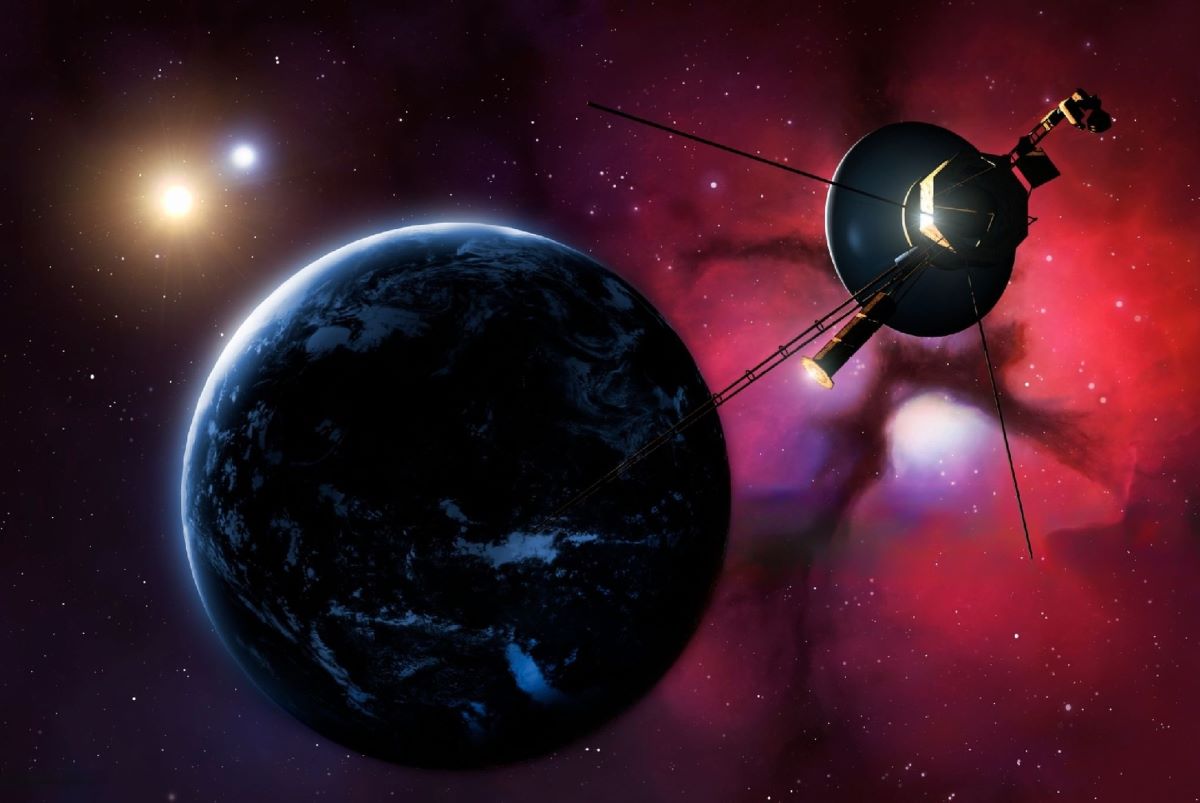NASA regains contact with the Voyager 2 spacecraft, bringing great news! after almost 46 years of exploration. The mission team used a clever “shout” maneuver to reestablish contact, and now Voyager 2 is sending back valuable science and telemetry data.
On July 21, a small mistake caused the spacecraft’s antenna to shift 2 degrees away from Earth. As a result, it couldn’t receive commands from mission control or send data back from its incredible distance of over 12.3 billion miles in interstellar space.
Luckily, the team detected Voyager 2’s “heartbeat” or “carrier signal” using the Deep Space Network, a network of enormous radio antennas worldwide that lets NASA communicate with far-off missions like Voyager 2. The three antennas are spread out equidistantly, ensuring continuous communication as the Earth rotates. One is in Goldstone near Barstow, California, another near Madrid, and the third near Canberra, Australia.
It’s fantastic and probably the best example of how a little shift in the antenna caused a big disruption. Now NASA regains contact with Voyager 2 as continues its remarkable journey through the cosmos, providing us with valuable insights about our universe.
After detecting Voyager 2’s heartbeat, the team at NASA’s Jet Propulsion Laboratory in California sent an amplified radio signal, like an interstellar “shout,” from the station in Canberra to instruct the spacecraft to turn its antenna towards Earth. Given the vast distance, they weren’t sure if it would work, as the antenna wasn’t initially positioned to receive signals.
The signal had to travel 18.5 hours one way across the solar system to reach Voyager 2, making the whole process take about 37 hours. The team didn’t want to wait until October for the spacecraft’s automatic reset, so they took the chance and miraculously it worked.
Voyager 1 and Voyager 2, launched in 1977, have encountered various issues as they explore space. To conserve power and extend their missions, some instruments have been turned off over time. Despite challenges, Voyager 1, located nearly 15 billion miles away, still communicates as expected with Earth.
Both probes are now in interstellar space, the only spacecraft operating beyond the sun’s magnetic bubble called the heliosphere. They collect essential data while venturing into uncharted territory, contributing valuable knowledge to our understanding of the universe. These “old-timer” spacecraft continue their remarkable journey, pushing the boundaries of exploration.

[…] orientation several times yearly to point its antenna back at Earth. Another reset is scheduled for October 15 this year. When that happens, the probe should regain contact with its ground control. Until then, experts […]